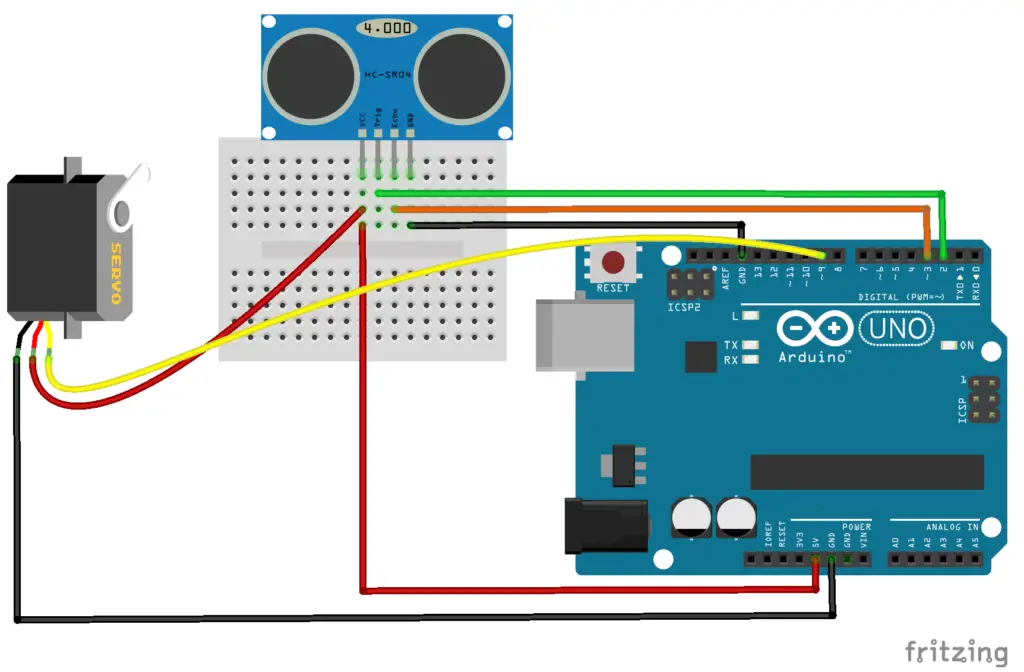
If you have ever tried using an ESC by writing values to it right away you might see that it doesnât do anything. Without this type of ESC, hardly any sensorless ESCs will allow you to reverse the motor.Īll About Arming (Or: Help! My ESC doesnât work!) This type of ESC can be paired with a cheap $10-20 USB linker to give you immense control over the performance characteristics of the motor, including the ability to reverse (3D mode) and startup current limiting to prevent blowing up the ESC. Note: Blheli_32 is a firmware advertised on many drone ESCs. Also, since propellers typically only turn way only, reversing these motors may be a challenge despite the ESCs being fully capable hardware-wise. This does have a downside, however: that propeller airflow is usually unavailable on the ground and you may need a fan to cool your ESCs.

Most of these motors and ESCs are designed for RC planes and drones and as such are meant to be used with high airflow cooling them, thus they seem impossibly small for their power ratings and are incredibly power-dense and lightweight.īrushless motors usually have a power/weight ratio of four to ten times that of a brushed equivalent. A similar voltage and power ESC for a brushed motor would likely cost twice that. This allows for far improved low-end torque but usually requires a VESC or similarly expensive ESC pairing ($75+).Ī variety of 35A brushless ESCs capable of running at up to 24V are available for under $20 on Amazon. These sensored motors have Hall effect sensors to ensure the ESC knows the exact motor position when starting up. This is why larger motors, like the ones found in electric skateboards, are usually sensored. But at low speeds, you may have issues since the back-EMF is only generated after the motor is in motion. That said, you can get an electric scooter or golf cart motor controller that will run voltages above 72V and over 500A, or as low as 36V and 100A, though these are massive, bulky, and much less hacker-friendly than the hobby counterparts.įor high speeds this functionality is great. Brushed ESCs have a large market gap in the 12V-24V range but are prolific in the sub-12V area.

These are âdumbâ motors with no feedback so the ESC doesnât do anything to compensate for the motor loading or current speed.īrushed ESCs like the Hobbywing Quicrun will handle practically any 12V or less system for just over $20, and there are much smaller lower power options available too if you arenât drawing 30 amps per motor and using a three-cell LiPo. However, it is true that at 50% throttle the motor will receive a 50% duty cycle meaning on average half the battery voltage.
#Rc servo motor arduino full#
When a voltage is applied, they run as fast as they can for that voltage in the direction that current flow dictates.īrushed ESCs pulse power to the motor to vary its speed, but each pulse is full battery voltage which preserves the motor torque much better than an analog voltage sweep control would.

They can run forward or backward by reversing voltage to them. They have a grey steel cylindrical can that is often round or with two flat faces for smaller motors. Brushed motors are likely what you are familiar with from Arduino robotics projects.


 0 kommentar(er)
0 kommentar(er)
